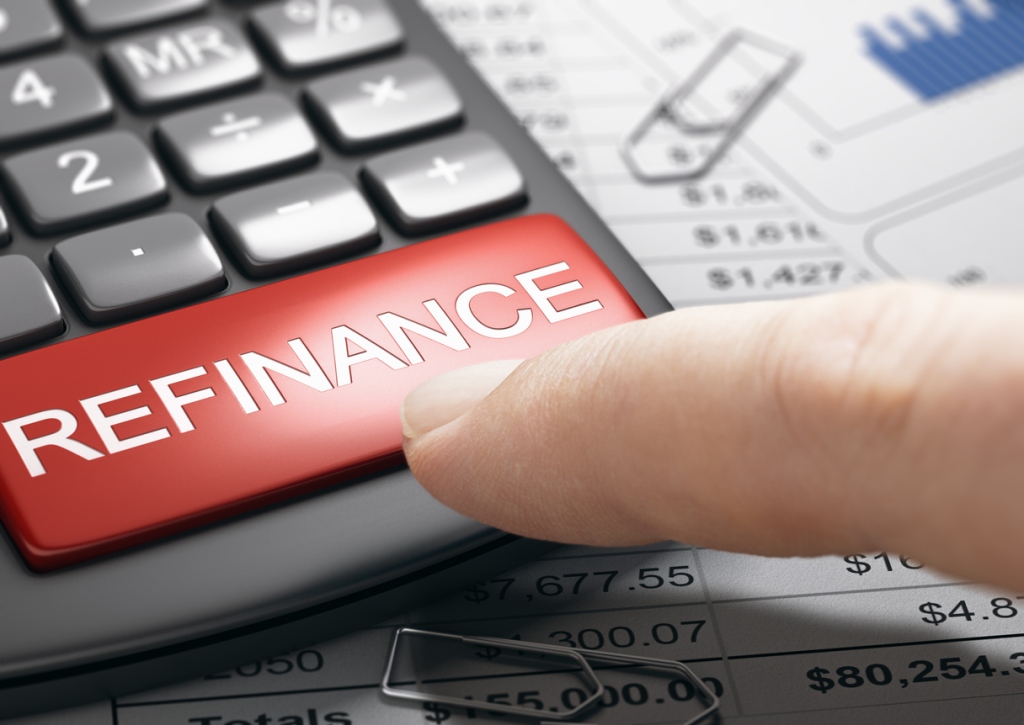View Sale Announcement Detail


Archived news
In the business world, we'd like increasing business to become the new baseline, not a spike that returns to normal. In the mortgage and refinance industry, that is exactly what we are reckoning with now. Last year, we saw record mortgage and refinance applications. Business went through the roof. Phones rang off the hook and some institutions expanded rapidly to meet the demand. We've seen these periods of refinancing spikes in the past. However, only inflation- and population-related increases actually last forever.
During the major COVID lockdowns of 2020, we briefly saw an eerily quiet real estate market followed by an explosion of residential real estate transactions. Families finally able to change location were also motivated by the need for homes with office space and comfortable room for lockdowns, while the record low-interest rates inspired millions of existing homeowners to refinance at a better rate.
Now, as rates return to normal, that rapid and massive demand for real estate financing is also settling down. The "new normal" for the financing industry is one of high housing demand in a short market, but also one where the interest rate and the related refinance motivation are returning to more familiar levels.
So where exactly is the market today? While the new normal reasserts itself, it becomes clear that we live in interesting times of high-demand and practical financial decision-making.
The US has been under-developing housing for the last 30 years, but the issue didn't come to a head until COVID brought the need for housing to a critical point. Before COVID, we were seeing a minimalist trend of tiny houses, converted vans, movement to cities in multifamily apartments, and other non-house living situations embraced by the young and creative. However, pandemic lockdown brought that trend to a crashing halt. It also drove home to everyone traveling or living in a small apartment that personal space at home is paramount - and not just for the home office.
The median existing-home prices are 13% higher than they were last September.
While the buying frenzy of months previous has finally settled down, purchase demand remains strong, driving the price of available homes up further. Home sales increased by 7% in September, but fewer of those are first-time homebuyers who are being edged out by both rising prices and rising mortgage rates.
For a year, the biggest motivation to buy or refinance a house "right now" has been the record-low interest rate. Treasury and mortgage rates dipped during the COVID financial crisis creating a golden opportunity for those (at first) brave enough to buy during the pandemic and then inspiring the buyer frenzy we've seen through the earlier part of this year.
Recently, we finally saw the 30- year fixed-rate mortgage rate rise above 3% for three weeks running, with an average of 3.09% according to Freddie Mac. The rate has not been this high since early April and the motivation from a sub-3% rate is, understandably, ebbing as well.
Not all increases are good for everyone. Right now, first-time homebuyers are at a unique disadvantage. The housing shortage means that there are fewer homes to choose from and the buyer competition is driving prices up beyond what most starting professionals and families can afford. At the same time, the rise in rates has made mortgages less affordable, even for homes at an approachable price.
Increasing home prices may be helping sellers, but young families can't find homes in their price range.
First-time homeowners are now able to afford fewer homes for their budget in a time when having "more home" for office space and quarantine sanity is essential. The share of first-time homebuyers fell to 28%, the lowest it's been in 6 years. While more homes are being purchased, the first-time homebuyers are a decreasing percentage compared to those trading up, those buying vacation homes for private travel, and residential investment buyers, purchasing homes to rent out to others.
The rate of home purchases is still increasing at an encouraging pace. The demand for homes has rarely been higher. With a shortage of existing homes in good repair and a slow-down of building materials for new home construction, every family with the budget is looking to buy. Many families are up-sizing to make room for at-home work and lifestyles, while first-time homeowners are just trying to get out of the apartment and rental cycle to a place they can truly secure as their own. Even with the rising home prices and mortgage rates, the demand for houses is at a statistical high.
However, the rising mortgage prices have significantly reduced the number of people seeking refinancing. While the numbers are still very favorable compared to previous years, that legendary dip below 3% may be coming to a close, along with the wave of existing homeowners looking for a better percentage on their remaining loan.
How can your financial institution plan for these real estate industry trends? For those who provide mortgages and refinancing, this has been a wild ride. The quiet COVID months; the unbelievable boom of demand, shortage, and price-hikes; and the avalanche of opportunistic refinancing have been enough to make your head reel and your business expand. However, not all increases in numbers are a new baseline, sometimes a rise is a spike instead of a steady climb.
So make plans to bolster your revenue in other ways. Focus on investing some excess deposits into shorter-term, higher-rate consumer assets that still have a high credit quality.
Real estate is an industry of ebb and flow. As mortgage rates rise alongside housing prices, you can expect a steady demand for purchase mortgages, but fewer are ready to refinance until they can predict the interest rate and pick the lowest spot on the horizon. For more relevant financial industry insights or advice on how to weather the refi-demand roller coaster, contact us today.



